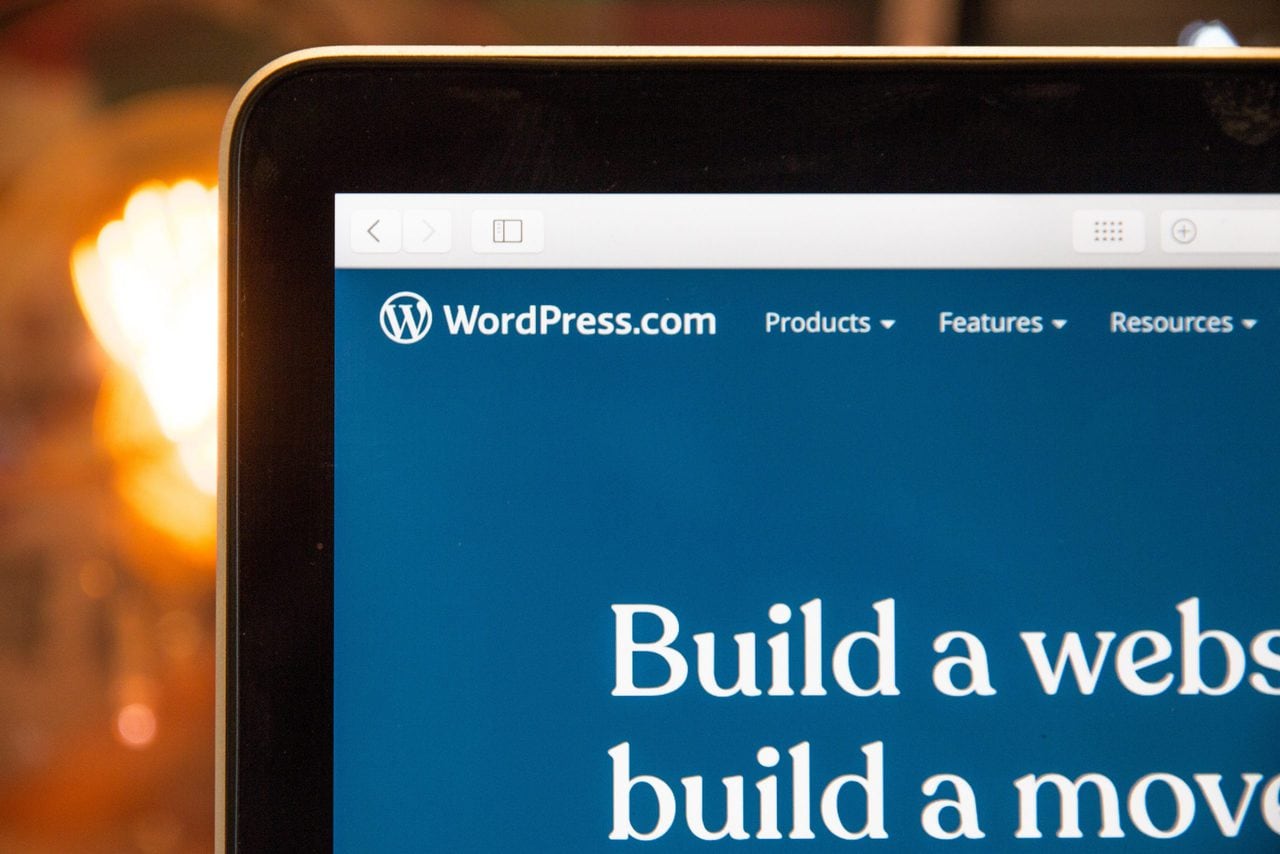In general, websites are segregated into two different kinds: static and dynamic. While static websites are the ones that are fixed and display identical content for every user and are exclusively written in HTML, a dynamic website is one that can reveal different content and provide user interaction by using advanced programming and databases in addition to HTML. Static websites are purely informational and easier to create, and dynamic websites are way more functional and, of course, require more work.
Creating a dynamic website in 2020 is pretty simple. You don’t have to be a frontend web developer or a tech geek, you only need to follow the right method, select the appropriate platforms, use the right tools, and you will be absolutely fine.
There are three easy ways or methods to build a dynamic website: you can create it from scratch, create it using a content management system (CMS), or you can create it by utilizing some of the most popular website builders.
These three profound methods for creating a dynamic website all come with specific steps and particular guides on how to build them, but we’ll get there soon enough. There’s something else you need to sort out first.
Domain Name And Web Hosting
First, you will have to register a domain name for your website and buy web hosting. The domain name is practically the name of your website, and it has to be unique and somehow express the brand of your business. Pick a catchy domain for your website and opt for cheap domain registration through a long-term contract within a proven domain registrar. If you are not starting the next Amazon, rent a web hosting server from an experienced hosting provider, and with this, you are now ready to build your dynamic website.
Building A Website From Scratch
If you are fond of the leading web languages and the website fundamentals, you can create your exceptional and unique website all by yourself. If you are not proficient with the following web languages, tools, and skills required to build a website, it’s best to get in touch with a web developer or try one of the two other website creation methods. The basic web languages and tools you should know include HTML, CSS, JavaScript, database management systems like MySQL or MongoDB, and FTP. Here’s how.
Configure A Local Working Environment
Assuming that you know the web languages and tools to create and organize the source files of a website, first, you’ll need an excellent local working environment. You can create one on your device by installing an Integrated Development Environment (IDE), which basically consists of a Text Editor, Debugger, and Build Automation.
Plan The Functionality And Design Your Website
Afterward, you will need to plan your website’s structure, its navigation system, the type of content you would like to share on it, and how you want to deliver that content.
 For example, if you aim to win over the audience with the power of video content, you’d undoubtedly want to avoid the situation where the video will stop playing after a few seconds, or people are not able to play your video on mobile devices. Consider using a video hosting solution, where first, you’ll upload the video to the hosting service and afterward embed it into your website so you can make your video content work to the fullest and offer a straightforward experience to your audience.
For example, if you aim to win over the audience with the power of video content, you’d undoubtedly want to avoid the situation where the video will stop playing after a few seconds, or people are not able to play your video on mobile devices. Consider using a video hosting solution, where first, you’ll upload the video to the hosting service and afterward embed it into your website so you can make your video content work to the fullest and offer a straightforward experience to your audience.
Think about how many navigation menus you will need, how many columns and content fields, and how many images do you think about including and, of course, where. In this phase, make sure you think of everything that your website will need. Find a graphic designer to create a rough drawing of your web pages in Adobe Photoshop. A different page means different drawing, so this isn’t something that you can go over a day or two, and with basic design skills. A good place to find examples of excellent web design is to check previous work of a top Chicago web design company, as it can give you some inspiration and valuable insight for your project.
Write The Code And Make It Dynamic
Once you have the rough designs ready, you can start writing the source codes into the system. This is practically the most natural part of the task. Create HTML markups for the web elements you want to include, and decorate them using CSS according to the designs you made previously.
 Since front-end user interactions cannot be controlled through HTML or CSS, embrace some of the scripting languages like JavaScript or jQuery to monitor user activity for logins, menus, sliders, forms, and whatever you need.
Since front-end user interactions cannot be controlled through HTML or CSS, embrace some of the scripting languages like JavaScript or jQuery to monitor user activity for logins, menus, sliders, forms, and whatever you need.
Upload The Files Onto The Web Server Using FTP Client
The last step is to upload all the source files into the webserver, and the best and most efficient way of handling this part is through an FTP client. Download a proven FTP client like FileZilla, WinSCP, or Cyberduck on your device and connect it to the webserver using an FTP account. Once it’s connected, copy your local files to the root of your directory, and there you go! You’ve successfully created your dynamic website from scratch.
Website Builders
Website builders made it possible for people without any knowledge of web languages and tools to launch a full-featured site in a matter of minutes. As they offer a drag and drop technique to build a website, the best website builders require zero coding knowledge. Some of the most-frequently-used website builders include WordPress, Wix, Weebly, Website Builder, Novi Builder, Ucraft, and more.
 Building a website by utilizing one of these influential builders available today makes the process pretty easy, as you can develop your website in less than an hour. To kickstart the project, first and foremost, pick the appropriate website builder for your needs.
Building a website by utilizing one of these influential builders available today makes the process pretty easy, as you can develop your website in less than an hour. To kickstart the project, first and foremost, pick the appropriate website builder for your needs.
Sign up for a plan that fits your budget, and choose a unique, catchy, and relevant domain name for your website. Afterward, pick a design template you love and customize it until you are satisfied with the look. Upload and format your content, and choose and download the apps you plan to use.
After you’re done editing your new website, preview and test it one last time before it goes live. If you are pleased with what you see, click the ‘publish’ button, and your website is now live on the Internet.
Bottom Line
The old and traditional way of building static websites is long gone. In recent years, genius coders have developed particular ways and new methods to improve our workflow and make coding as easy and as efficient as possible. Utilize some of the methods listed above, and create a genuinely entertaining and enjoyable dynamic experience for your website visitors really fast.

